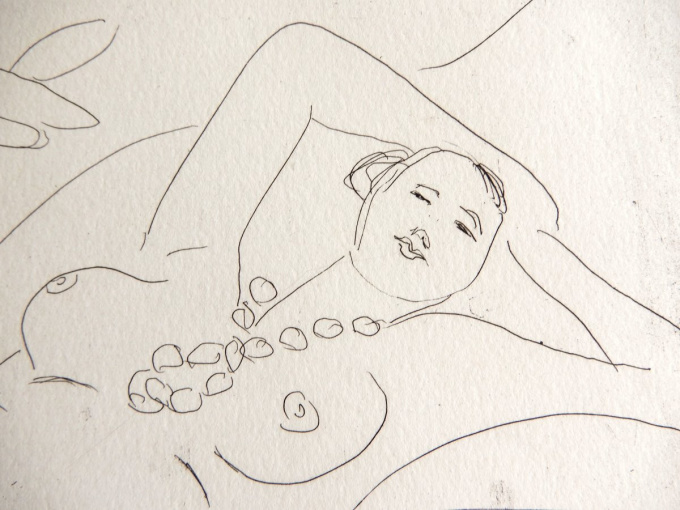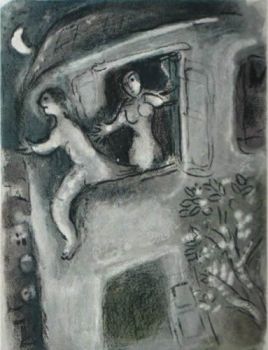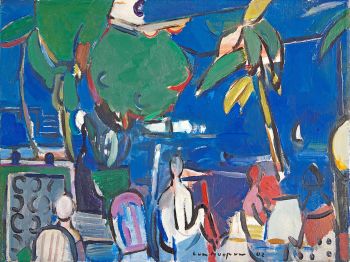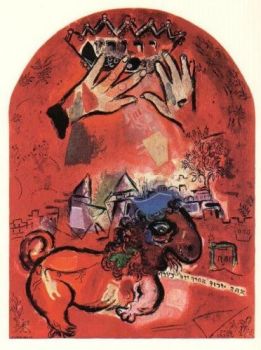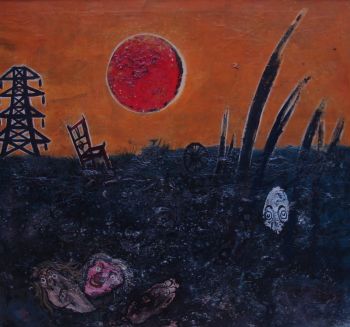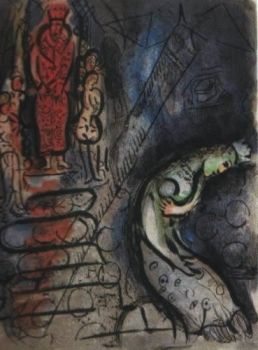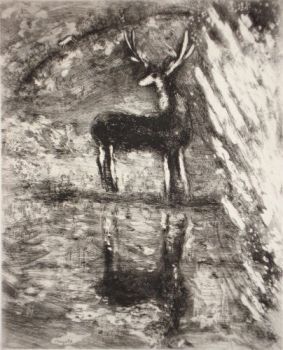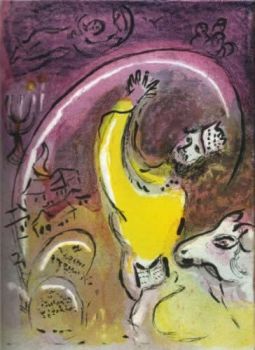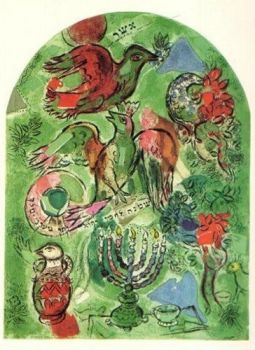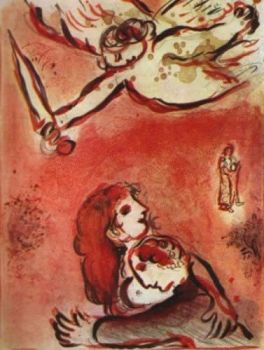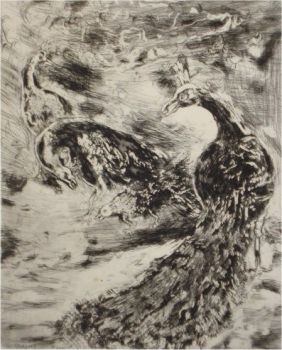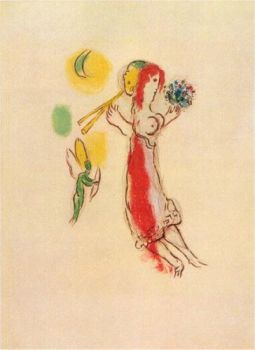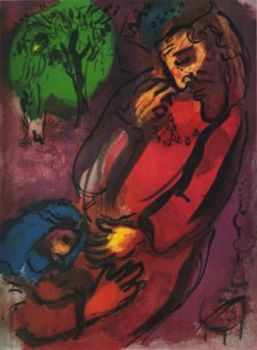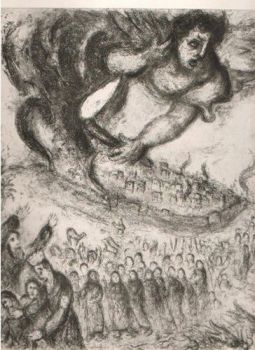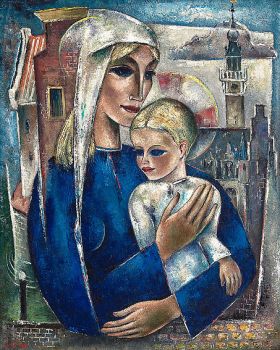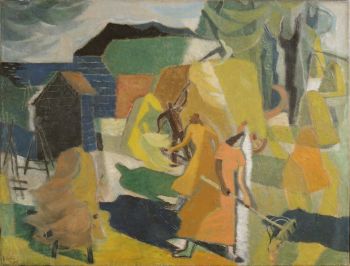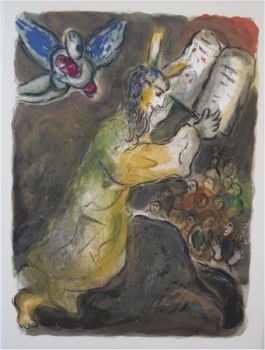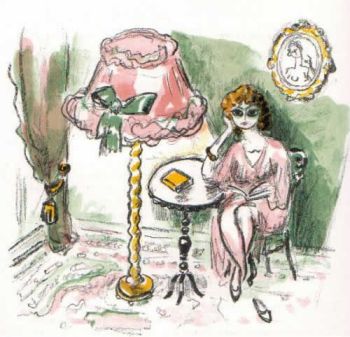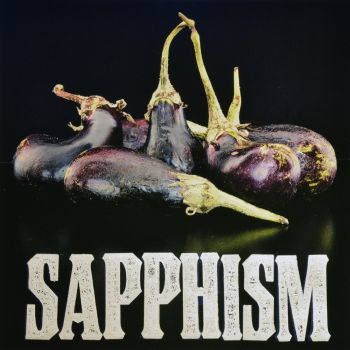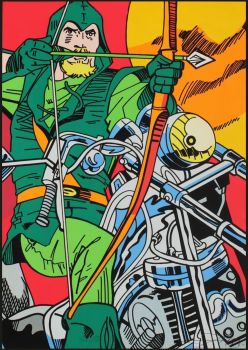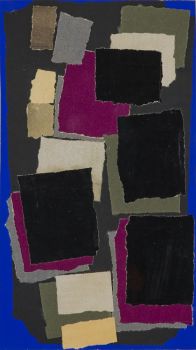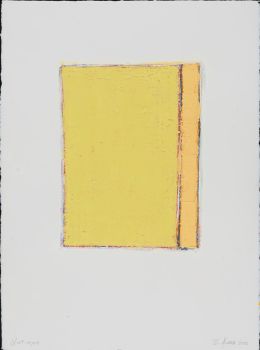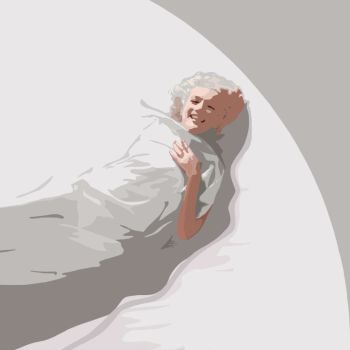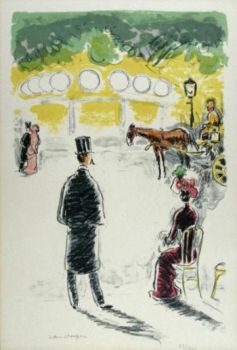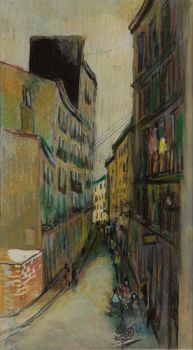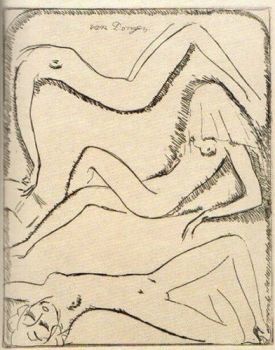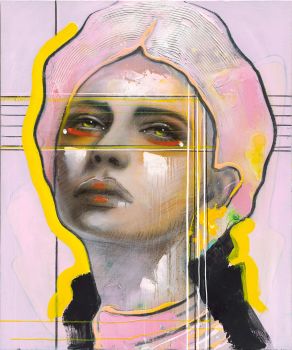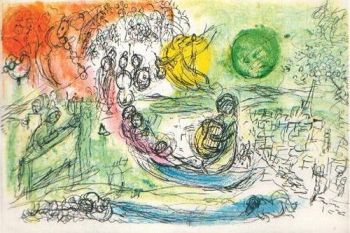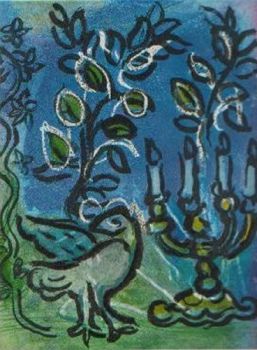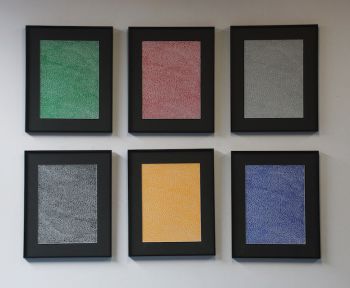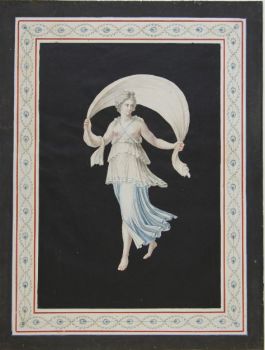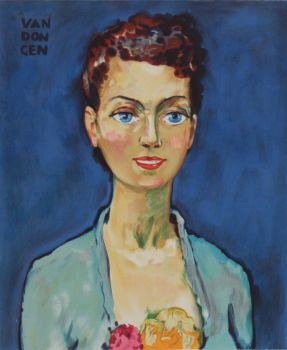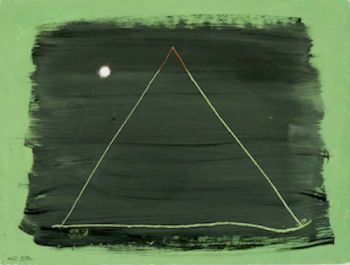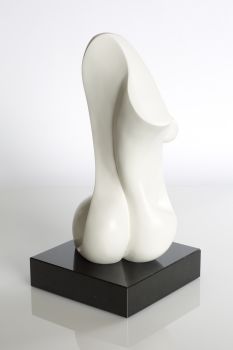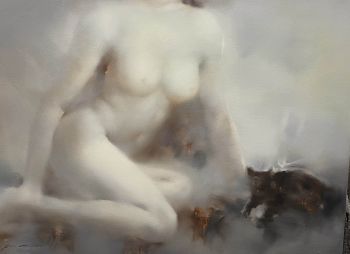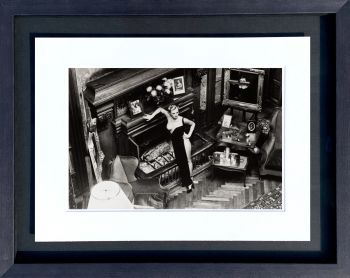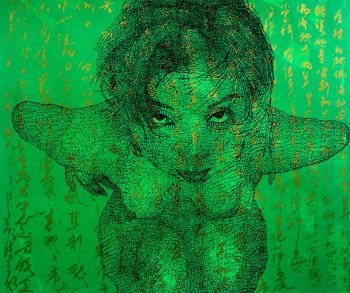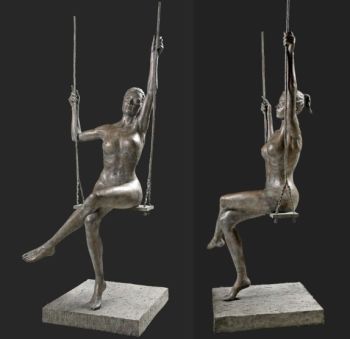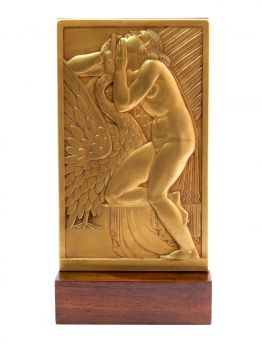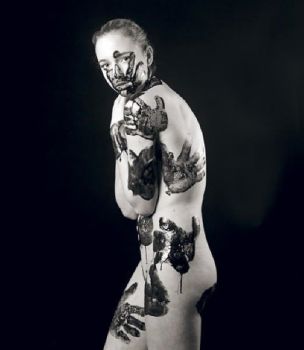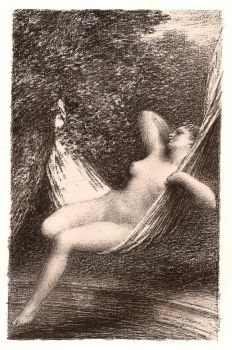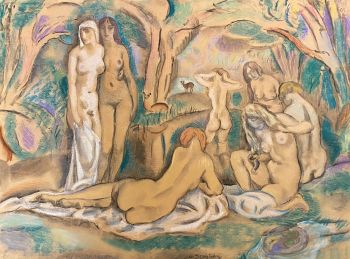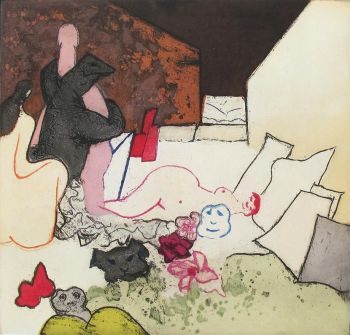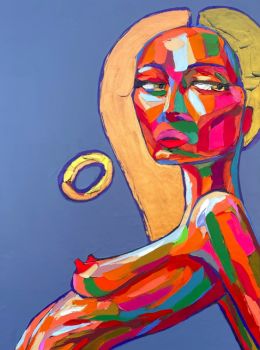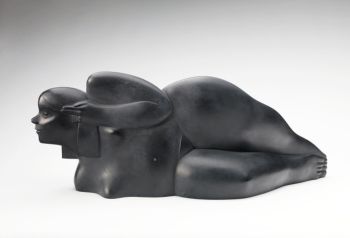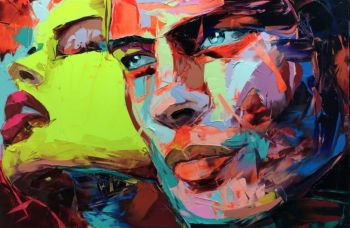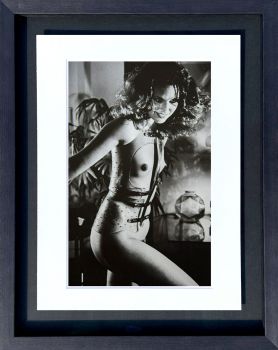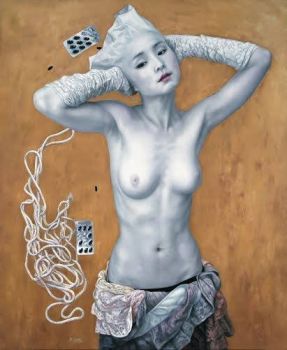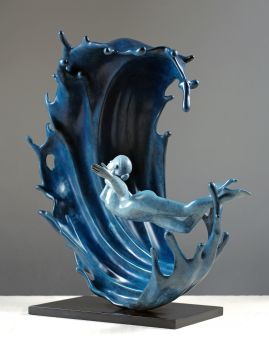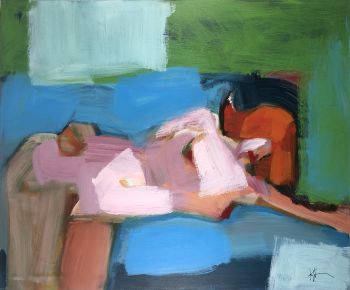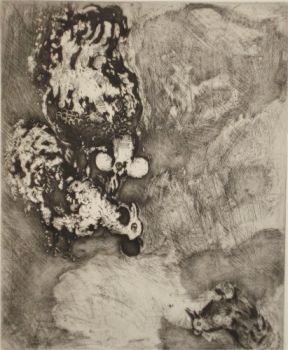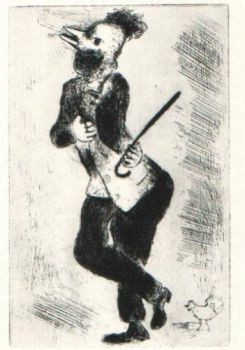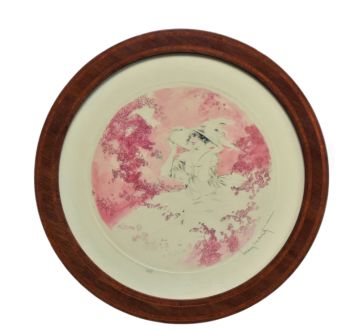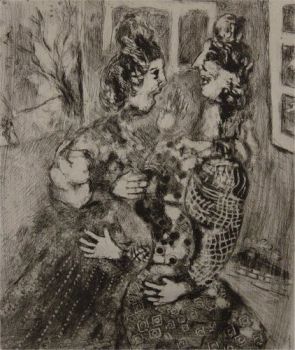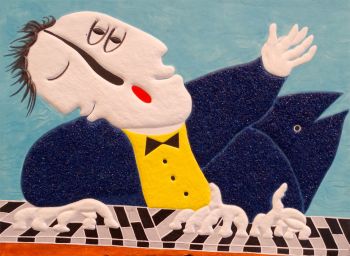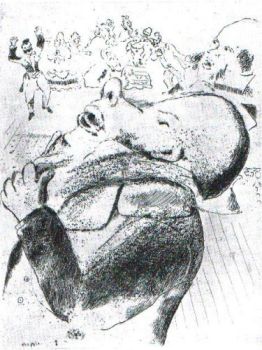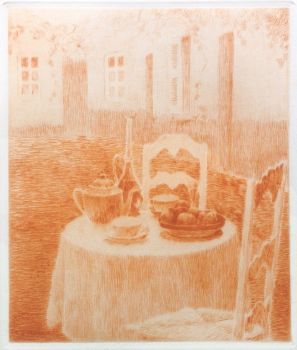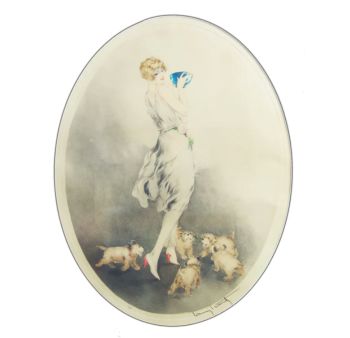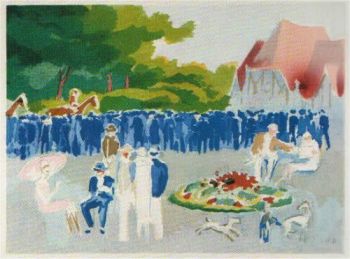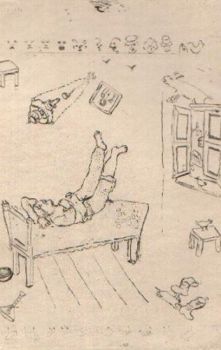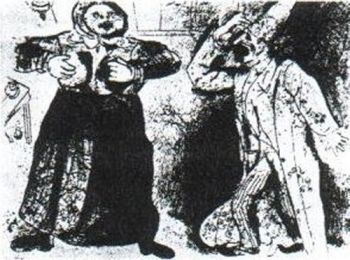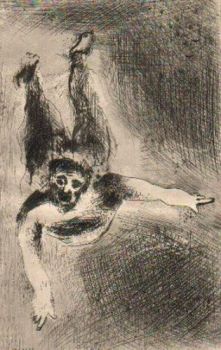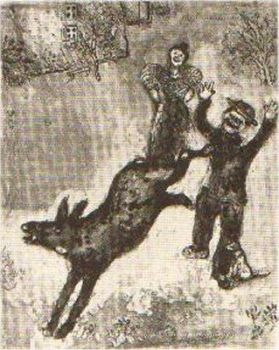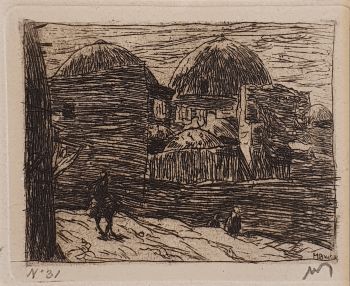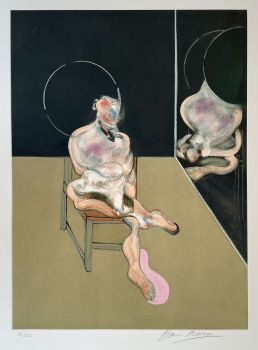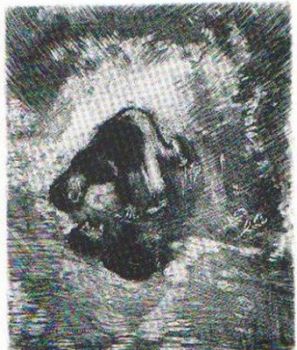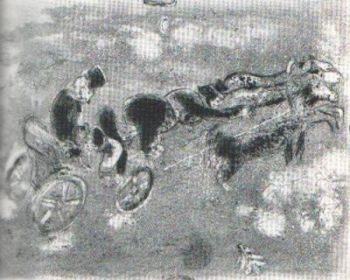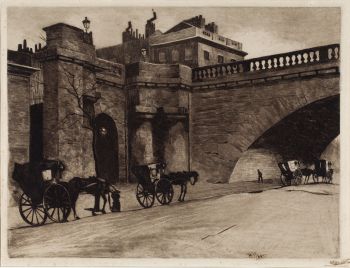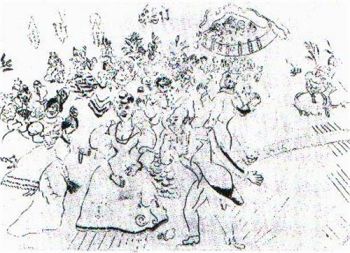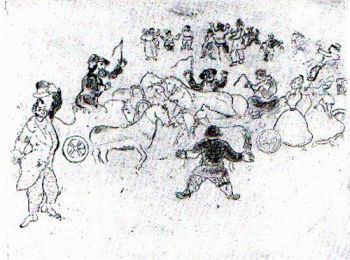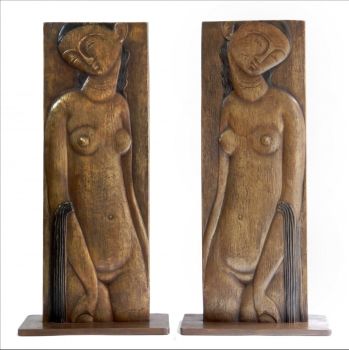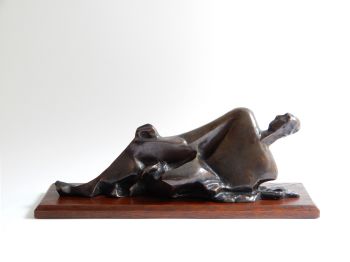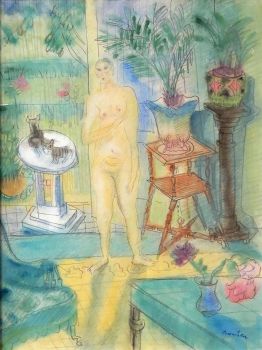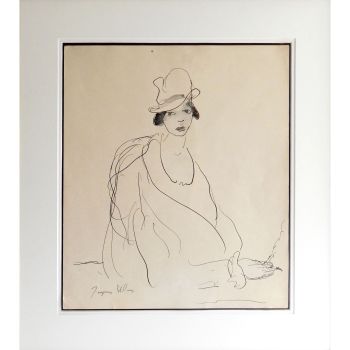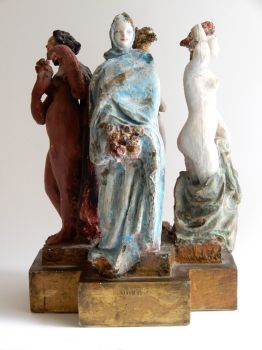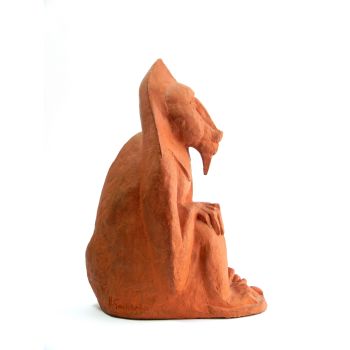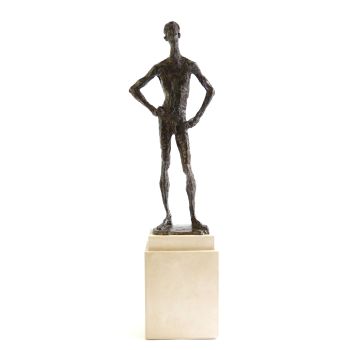Etching - 'Odalisque couchée' 1923
Henri Matisse
GrabadoImpresión
ConditionExcellent
Precio a consultar
Dille Art
- Sobre la obra de arteEtching (eau-forte) by Henri Matisse from 1923. It is an original print, edited by the famous art dealer Ambroise Vollard, in an edition of about 150 copies. They are never numbered.
This etching was part of the collection of Henri Petiet, a well-known publisher, art dealer and a great collector. He had the largest collection of works on paper in the world. He bought the complete collection from Ambroise Vollard, after his unexpected death. Vollard didn't left a last will and had no heires.
This etching is included in the book by M. Duthuit-Matisse, Cl. Duthuit, Catalog rasonné de l'oeuvre grave, no 86.
Matisse created this eau-forte at a time when he showed great interest in Orientalism. He considers it an important foundation and studies patterns, fabrics and decorations. He makes many graphic works during this period in which the woman is an important theme, including the odalisque, an oriental slave/servant.
Matisse was not the only one who liked to paint an odalisque, often half-naked and looking boldly, they were depicted by several artists. This etching is a wonderful example of this.
The etching is printed on Vélin paper and signed on the plate by Matisse with 'Henri Matisse' (shown in mirror image). On the left lower corner are in small letters 'T.E.', which directs it can be one of the 6 examples (proofs) they made, 2 proofs on 3 different kind of paper. On the back is the hallmark of Henri Petiet, a circle with HMP. Number 86 is also noted in pencil. In addition, there were notes in pencil, including: Henri Matisse, l'Odalisque couchée, Eau-forte originale, 1923 and the note Duthuit-Garnand 86 and Johnson'80.
Separately mentioned is still listed ‘Vente Petiet, 2010 (HMP). All this is made visible at the rear. The etching is framed with acid-free cardboard and placed behind museum glass.
Eau-forte is an etching technique in which the artist paints or draws with acid in the etching plate, this was very popular around 1900, Camille Pissarro, to cite an example, was a great lover of this technique.
Dimensions:
Image:
Length: 19.8cm (7.8")
Width: 29.7cm (11.69")
Paper Size:
Length: 45.5cm (17.91")
Width: 57cm (22.44")
Framed:
Length: 65cm (25.59")
Width: 52.5cm (20.67") - Sobre el artistaHenri Matisse (1869-1954) nació en Le Cateau-Cambrésis (Nord) como hijo de un comerciante de cereales en la región de Picardía del norte de Francia. Después de estudiar derecho, trabajó como empleado. Se enfermó gravemente cuando Henri Matisse tenía 21 años. Durante la fase de su recuperación, Matisse comenzó a pintar y descubrió su amor por el arte, que debería convertirse en su pasión de por vida. En 1892 abandonó su carrera de abogado. Asistió a clases de arte en la Ecole des Beaux-Arts de París y sus obras fueron influenciadas por los pintores impresionistas y postimpresionistas Pisarro, Cezanne, van Gogh, Gauguin y Paul Signac y por las pinturas de W. Turner. Después de una exposición de sus obras en 1905 en el Salon d'Automne, el grupo en torno a Matisse y Andre Derain recibió el nombre irónico y peyorativo de Les Fauves, que literalmente significa Las bestias salvajes. De 1905 a 1906 Matisse pintó una de sus obras más emblemáticas, La alegría de la vida. Fue comprado por el famoso coleccionista de arte Dr. Albert C. Barnes La escritora estadounidense Gertrude Stein y su hermano Leo fueron los primeros coleccionistas y partidarios de las pinturas de Matisse. Otro admirador se convirtió en Pablo Picasso con quien intercambió pinturas en 1907. Después de la Primera Guerra Mundial, Matisse se había ganado una gran reputación y era un artista reconocido internacionalmente. En 1917 abandonó París y se trasladó a Niza en el sur. en Francia, donde permaneció hasta el final de su vida. En 1925 recibió el premio Legión de Honor de Francia. Después de 1941, cuando se sometió a una operación por un trastorno intestinal, estuvo postrado en cama la mayor parte del tiempo; después de 1950 sufrió de asma y problemas cardíacos. Tuvo un efecto devastador en su salud y capacidad para pintar. No pudo pararse de pie frente a un caballete. Por lo tanto, el artista recurrió a otra forma de expresión artística. Creó recortes de papel con los mismos colores vivos y fuertes y composiciones atrevidas conocidas de sus pinturas. Tenía un asistente y podía trabajar acostado en la cama o sentado cómodamente en un sillón. Henri Matisse murió el 3 de noviembre de 1954 en Niza como un artista de renombre internacional.
¿Está interesado en comprar esta obra de arte?
Artwork details
Categoría
Tema
Estilo
Material y Técnica
Colour
Related artworks
Arie Teeuwisse
Titania and Nick Bottom (the weaver)20th century
Precio a consultarKunsthandel Pygmalion
 curada por
curada porGallerease Magazine
Marc Chagall
These are the the wordes which the Lorde hath commanded that ye should do them1952 - 1980
Precio a consultarArthouse Marc Chagall
1 - 4 / 24William Rosewood
She Loves Me, She Loves Me Not2019 - 2020
Precio a consultarGalerie Mia Joosten Amsterdam
Artista Desconocido
Set of eight gouache drawings1799 - 1801
Precio a consultarRobert Schreuder Antiquair
Bob Buys
Paris, Gare de L'Est, Passerelle de la Rue d'Alsace1940 - 1950
Precio a consultarAdelwein Kunst
1 - 4 / 24- 1 - 4 / 24
Willem Witsen
Waiting carriages in front of Waterloo Bridge1850 - 1900
Precio a consultarKunsthandel Pygmalion
1 - 4 / 24- 1 - 4 / 12

